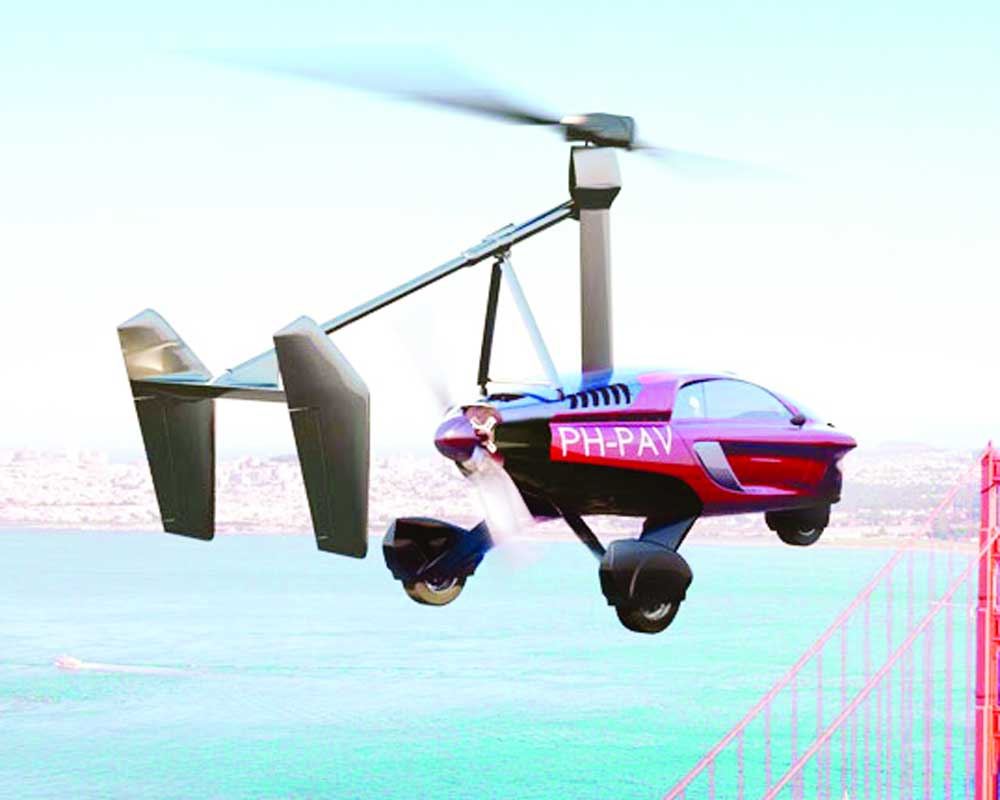Aerial mobility may be a solution to urban overcrowding but we should stop putting money in ill-conceived ideas
While planning for the Allied invasion of Europe in World War II, experts realised that they needed mechanised troops on the ground, which is infantry backed up by the armour of tanks. The problem was that tanks were heavy and wouldn’t quite float. So the Americans came up with an ingenious solution, the Sherman “Duplex Drive” or “DD” tank, with floatation devices and a propeller. Nicknamed by American troops as the “Donald Duck” tanks, they proved to be a tactical failure. Many of them can still be found at the bottom of the sea outside the beaches of Normandy. They were not a complete failure but once on the ground, they weren’t as effective as plain-jane Sherman tanks. This brings us to the idea of flying cars. Over the years, many firms have experimented on developing a viable working plane that could double up as a car but have failed. This is because these two engineering marvels are fundamentally different. Reconciling them is not easy. It isn’t about a mobile phone that can be made into a smart phone by combining the functions of a phone, computer, tablet, camera and location sensor among others because that was essentially electronic miniaturisation. A plane still needs wings and a car still needs four wheels. And because they need to carry a human, rather be capable of carrying four people, the end product cannot be too small. As large commercial aircraft companies like Airbus and Boeing have proven time and again, building aircraft according to modern safety norms is not an easy task even for professionals. So why persist on a path that doesn’t have a viable solution?
Maybe some engineer might make a viable portmanteau of a car and an aeroplane. A couple of car firms themselves are looking at an aerial solution but this is a stand-alone solution, one that appears to be more driven ironically by drone design than by a car or a plane. These flyable drones, one showcased by Hyundai and another by Mercedes-Benz as a form of shared high-speed intra-urban transportation, could potentially be a solution to reach distant suburbs quickly, particularly in disaggregated urban areas with high speed mass transit systems doing the rest. A Dutch firm has even decided to set up a unit in Gujarat to roll out personal air-land vehicles (PALVs). The flying car has remained a dream since the 1950s and while we may not have achieved the future, we have made astounding progress. With limited resources, we should concentrate our efforts on things that work and those that can be deployed quickly. The flying car is not one of them.
























